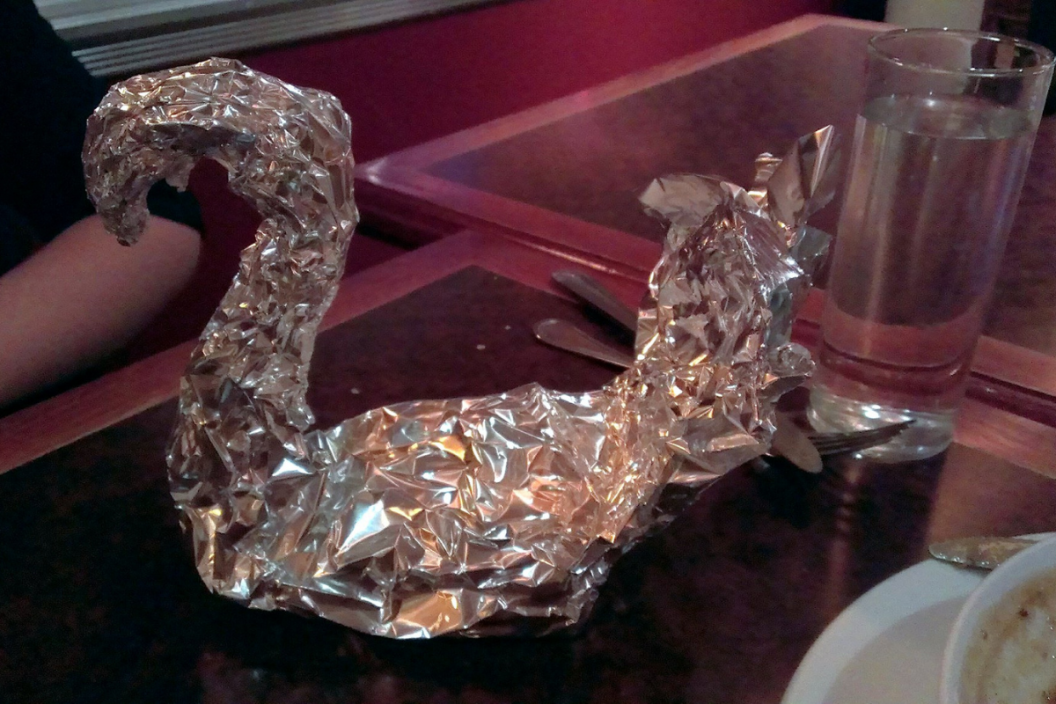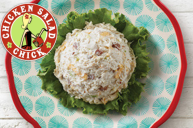If you've ever taken leftovers home in a takeaway bag or container, you're likely very aware of doggy bags. But do you know how they came to be popular, particularly here in the United States?
Doggy bags — also known as doggie bags, or simply "Can I get this in a box to go?" — are, of course, made up of the leftover food from a meal you enjoyed whole out and about at an eatery. They're often put into a container and then a paper bag for you to eat your uneaten food the next day or whenever you need to throw together a quick meal.
The History of the Restaurant Doggy Bag
But how did the practice get started? Smithsonian Magazine reported that the modern doggie bag came to be in the 1940s. More food shortages were happening thanks to World War II, and as a result, pet owners were asked to bring their scraps of food to their furry friends.
https://www.instagram.com/p/CCWYTUAhYkv/
In fact, in the early 40s, hotels in Seattle, Washington gave their diners wax paper bags with the label "Bones for Bowser" specifically for leftovers for pets. In time, other restaurants around the country adopted the practice, too.
Diners started to take home bits of their entrees or other goodies for themselves before long, and although the practice was initially frowned upon, eventually it became a pretty standard ask at the end of an unfinished meal.
https://www.youtube.com/watch?v=EAIfGYAhwQA
Today, a lot of people will take home food to avoid food waste. Plus, getting food delivered or as takeout has become increasingly popular in the time of COVID. Thankfully, these are perfectly acceptable actions today, thanks in no small part to patriotic Americans looking to help the war effort and feed Lucky at the same time all those many years ago.




